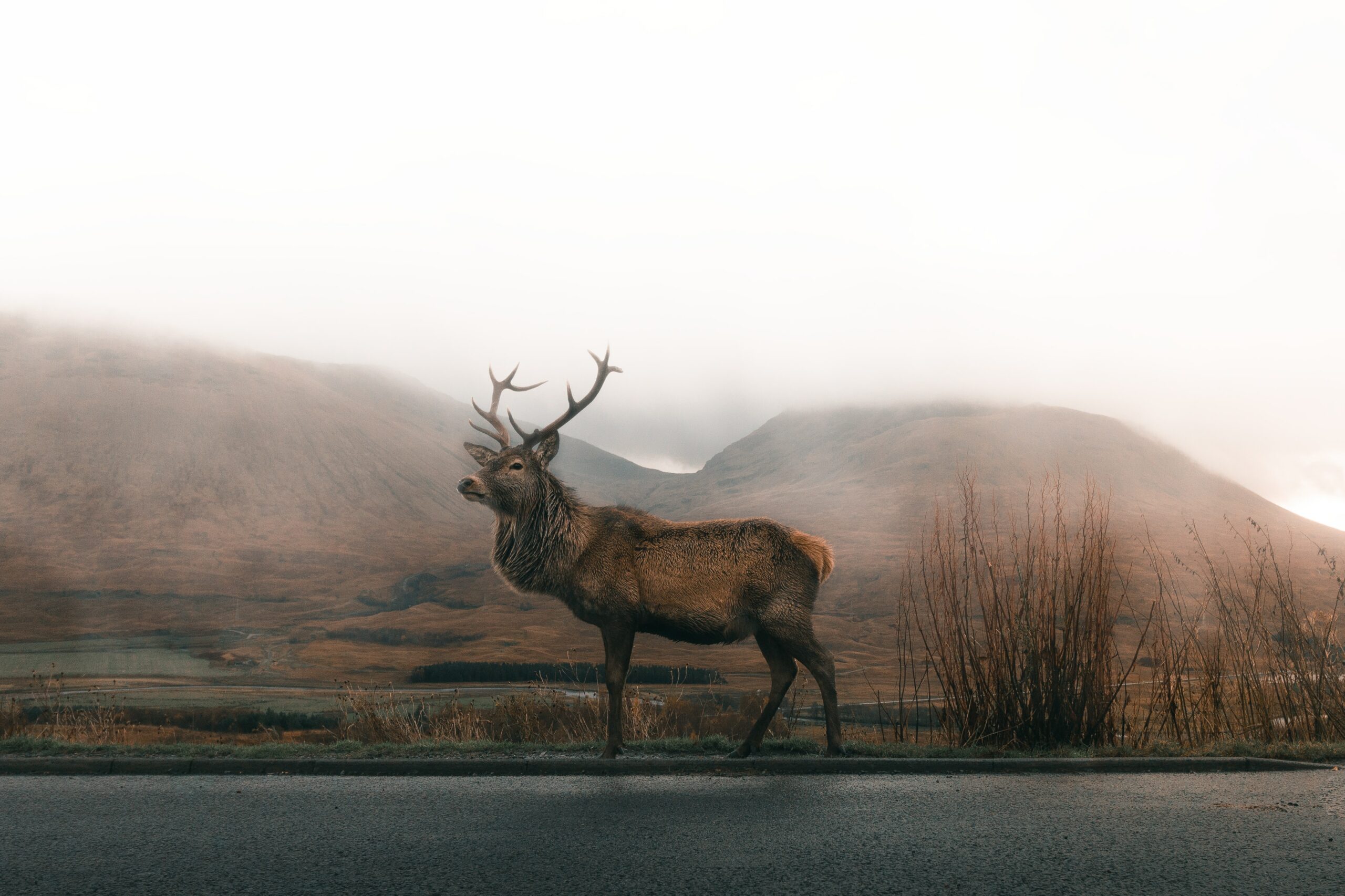Over 20,000 years ago, in Southern France, early humans drew massive deer on cave walls. They were as tall as an average door frame; these giant deer would have been captivating (especially the males with their vast antlers’ width of up to three and a half meters).
Eight thousand years ago is the last recorded fossil record, and there are fossil records of the deer from 400,000 years ago. Many believe the species may have slowly died out due to a changing climate.
Why was this giant deer sometimes called the Irish Elk?
Sometimes the giant deer was referred to as the Irish deer or Irish Elk. Because the deer has lived all over Europe, these names can be misleading, and it wasn’t an elk (an elk is a different species of deer).
When did the Irish Elk go Extinct?
Where did the Irish Elk name Come From?
Most preserved antlers and skeletons from the giant deer were found in Ireland because the conditions were perfect for maintaining fossils at the end of the Ice Age.
During the Ice Age, lakes were formed from melting glaciers across Ireland. The deer’s antlers and bodies would fall into lakes and sink to the bottom. Once there, they would be covered in peat and preserved over long periods of time.
What did the Irish Elk eat?
Looking at scratches and pits on fossil teeth, we can understand what the Irish Elk ate.
The collaborators of Professor Lister looked closely at fossil teeth under an electron microscope and discovered the deer largely ate grass and tree leaves.
When did the Irish Elk go Extinct?
Around 12,000 years ago, the first wave of extinction appeared for the deer.
Like many of the extinctions, the Irish Elk could have been pushed to extinction because of several factors combining at once.
Around 12,000 years ago was when the deer disappeared from most of Europe, including Ireland and England. During the end of the Ice Age, the weather became freezing and severe. Food would have been incredibly tough to find as these conditions worsened.
Given that the Irish Elk is famed for its strength and size, it’s ironic that these characteristics most likely played a part in its demise.
Finding the large amount of food they needed to grow their huge antlers would have been very hard, and this may have made it more difficult for the deer to adapt, survive, and mate. However, this wasn’t the end of the deer.
When Lister carbon dated a fossil bone found in Central Russia, one remaining enclave lived there until around 8,000 years ago.
Global warming could have been the reason for the extinction of the remaining population of deer. There would have been less grassland and parkland for the deer to roam around as the world grew warmer. Additional pressure may have come from human beings. While there isn’t much evidence of humans hunting the deer, we know that people were removing large areas of natural vegetation at that time.
Why Were the Irish Elk’s Antlers so Big?
The giant deer antlers were so big that they were difficult to manouver and took a lot of energy to grow to that size and scale (therefore, a lot of food). But why did they need them to grow so huge?
A museum expert on extinct megafauna (Professor Adrian Lister) has said that the antlers got so big due to sexual selection.
Adrian Lister and his team conducted a genetic analysis and found that the fallow deer is the closest relative of the giant deer. Lister believes that these species may have found a mate in similar ways.
The males of the fallow deer form a “lek” during mating season. A lek refers to an area where males compete for females by roaring, parading side by side, and fighting each other by locking antlers and twisting and pushing.
Not only would the bigger antlers be more intimidating to other males, but they would have been more desirable to the females. In the spring, male deer shed their antlers, and in the summer, they grow a new pair to prepare for the autumn mating season.
Males were built to carry their heavy antlers. Looking at their fossils, we can see that they had very sturdy neck vertebrae, and the top of their skulls was very thick. They also show that the vertebrae in their shoulders were elongated, which suggests males had a hump on their back, and this hump had muscles that would have helped carry their antlers.
Males with antlers wouldn’t have been able to walk through a dense forest without getting tears from branches due to their size. Because of this, they would roam around grassland and open woodland.
And so it was.
An Irish Elk that’s actually a deer, and roamed across most of Europe and not just the Emerald Isle. Who’d have thought it…

